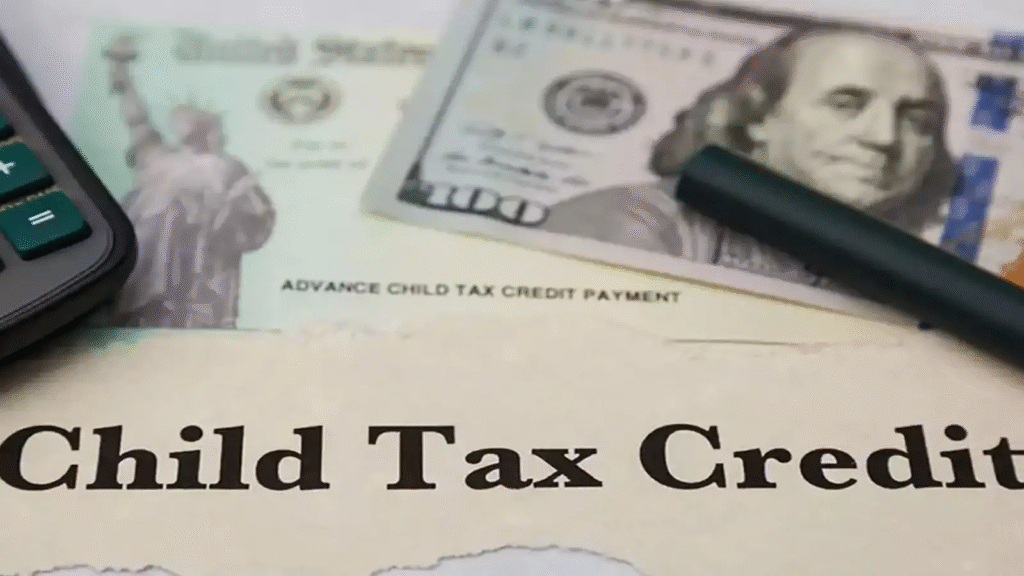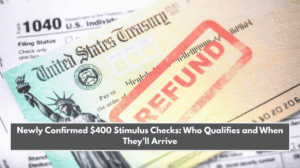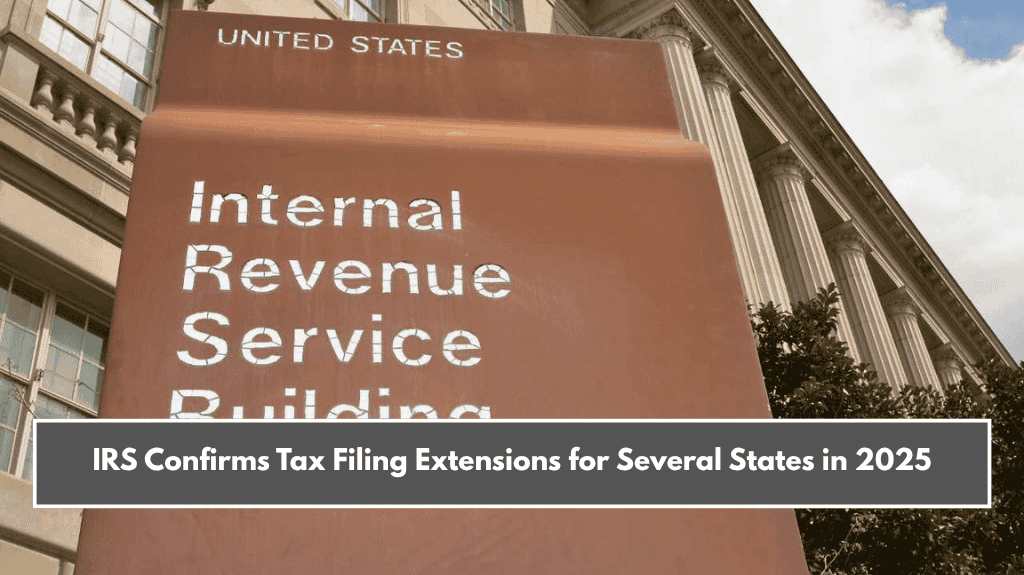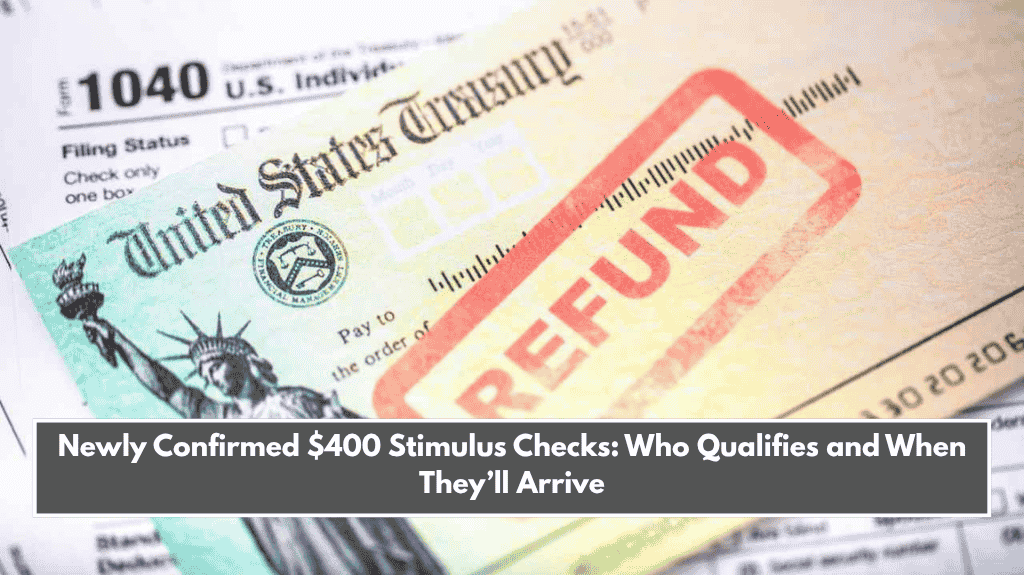If you’re planning to claim the Child Tax Credit (CTC) in 2025, there’s something you need to know—making even small mistakes on your tax return could lead to delays, rejections, or even penalties. Many American families rely on this support to help raise their children, but the IRS has now announced stricter rules and is keeping a close eye on errors.
In this article, we’ll explain what the Child Tax Credit is, how much you can receive, what to avoid on your tax return, and what to do if you make a mistake. Read carefully so you don’t lose this important benefit for your family.
What Is the Child Tax Credit and Why Does It Matter?
The Child Tax Credit (CTC) is a program designed to help families reduce the amount of tax they owe. It’s meant to support families with children under 17 years of age, helping them with daily expenses like food, clothing, and education.
This benefit is one of several U.S. government aid programs, along with others like:
- SNAP (food assistance)
- Medicaid (health insurance)
- Earned Income Tax Credit (EITC) for low-income workers
But in this article, we’re focusing on CTC, which is especially helpful for families raising kids in tough financial situations.
How Much Can You Receive from the CTC in 2025?
In 2025, you can get up to $2,000 per child under 17 through the standard Child Tax Credit. But there’s a catch: if you owe money to the U.S. Treasury (such as unpaid taxes), you might not be eligible to receive this benefit.
Still, you may qualify for a backup option: the Additional Child Tax Credit (ACTC). This allows you to claim up to $1,700 per child as a refundable credit, which means you could get money back even if you owe no taxes.
Note: Refunds for ACTC will not be released until mid-February. The IRS uses this time to check for fraud and make sure all documents are correct.
Eligibility Rules: Who Can Get the CTC?
Not all families will qualify for the full amount. Here are the key rules:
- Your income must be below $200,000 if you’re filing alone, or below $400,000 if you’re filing jointly.
- Your child must be under 17 years old at the end of the tax year.
- The child must have lived with you for at least 6 months during the year.
- You must financially support the child—you can’t claim the credit for a child who just lives with you but is not supported by you.
- The child must not have filed their own tax return and claimed a personal exemption.

Common Mistakes That Can Cause Penalties and Delays
Making mistakes on your tax return may seem small, but they can cost you your entire Child Tax Credit. Here are some errors to avoid:
- Giving incorrect income or dependent information
- Forgetting to attach important documents
- Claiming a child who doesn’t meet the IRS rules
- Filing late or with missing forms
What Happens If You Make a Mistake?
If you make any of the above errors:
- Your refund could be delayed
- The IRS may review your tax return
- You may lose your eligibility for the credit
- You could even face penalties
To avoid this, consider working with a tax professional, double-check your paperwork, and always update any information that has changed.
What to Do If You Already Filed Incorrectly?
Don’t panic. If you realize you’ve made a mistake:
- File an amended tax return as soon as possible using IRS Form 1040-X
- Contact a tax advisor for help with correcting your error
- Monitor your refund status on the IRS website
Fixing mistakes quickly can save your benefits and reduce further issues.
The Child Tax Credit is a lifeline for many families across America, helping cover the real costs of raising children. But with stricter IRS checks in 2025, it’s more important than ever to file your taxes correctly and on time. One small mistake can cause delays, trigger a full review, or make you lose your benefits completely.
If you’re eligible, apply carefully and stay informed. This benefit is meant to help your children live healthier, safer lives. Spread the word among friends and family who have kids, so they too can avoid errors and receive the support they deserve.















